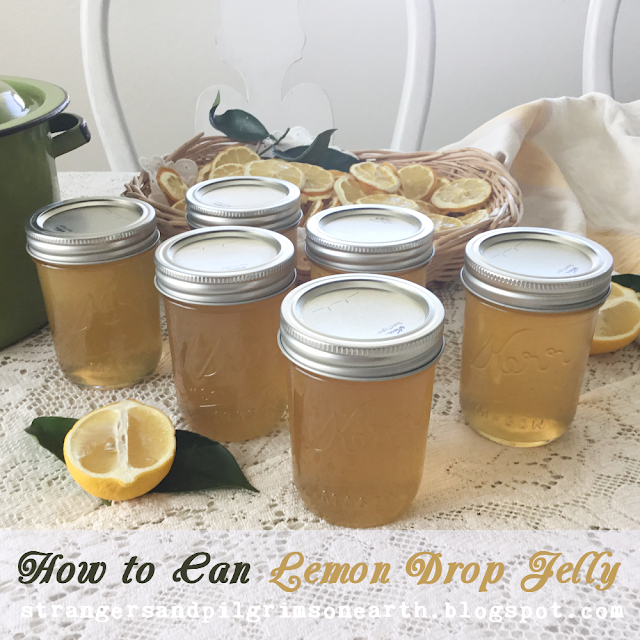"With those bright, yellow orange flowers, you might mistake calendula flowers for any other marigold. But calendula is actually an entirely different plant. It's native to northern Africa and the south-central portion of Europe, but it can be grown elsewhere, including indoors. If you can't visually distinguish calendula flowers from marigold, you'll probably be more successful using your nose: regular garden marigolds give off a strong, unpleasant aroma (although some people like it); calendula flowers are comparatively milder."
~ James A. Duke, The Green Pharmacy Herbal Handbook
If uncertain whether you have a common marigold or the medicinal pot marigold (aka Calendula officials) growing, pluck off a deadhead of the flower and examine the seeds. The common marigold will be straight and stick-like while the calendula will have curved seeds with a toothed exterior (as shown in photo above).
Pot Marigold (Calendula officinalis) verses Common Marigold (Tagetes Marigold)
One is a medicinal masterpiece, the other is simply a fragrant flower...
Calendula officinalis {Pot Marigold} ~ Medicinal Uses
According to herbalist James Wong, calendula, "having antiseptic and anti-inflammatory properties" boasts a "wealth of potential uses" when prepared into lotions, creams, ointments, teas and tinctures. Using the proper preparations, calendula can help to heal minor burns, sunburn, insect bites, stings, sores, pustular blemishes, acne, cuts, abrasions, inflamed rashes, diaper rash, hemorrhoids, varicose veins while internally it can aid stomach disorders, ulcers and painful periods.
The part of the calendula plant that is used medicinally are the flowers. When the weather allows, take a walk outside, breath in the fresh air and really examine your surroundings. I found our calendula plant in the corner of our hay field. I didn't even know it was there until a few years ago when I began opening my eyes to God's healing pharmacy! In our climate, they introduce themselves in very, very early spring and have self-seeded each year. And you needn't be afraid to harvest the blooms as it will only encourage more budding!
In order to preserve calendula for future projects, you can dehydrate them in a dehydrator or lay them out on a screen or paper towel in a cool, dark area with plenty of air circulation. Flip them every few days until they are dry and brittle (which should take about two weeks depending on your climate). For quicker results, dry only the petals. Store the dried flowers in an airtight jar (canning jars are great) and out of direct sunlight (like in your pantry).
If you can not find them in your backyard between early spring and summer, you can purchase them here. Calendula will be our next highlighted herb in our Home Pharmacy Series {see Calendula Collection of Recipes here} and we hope you will enjoy making some natural medicine with these pretty but powerful flowers! We are also hosting a link up of calendula exclusive posts so that you can share your information with us!
The following posts have been shared thus far in our series:
Create Your Own "Natural" Home Pharmacy {aka Apothecary}
Medicine Making Supplies ~ Preparing a Home Apothecary
Medicine Making Supplies ~ Preparing a Home Apothecary
Should You Use Alcohol-Based Medicine?
How to Make a Medicinal Oil {Plus Printable Instructions and Labels}
How to Make a Medicinal Oil {Plus Printable Instructions and Labels}
Everything Elderberry {Learn and Share ~ Herbal Link Up}
How to Make Calendula Medicine {Collection of Recipes}
How to Make Calendula Medicine {Collection of Recipes}
This post may be shared with some or all of the following link-ups: The Art of Home-Making Mondays, Modest Mom Monday's, Monday's Musings, Make Your Home Sing Monday, Good Morning Mondays, The Scoop, Titus 2 Tuesdays, Tuesdays with a Twist, Raising Homemakers, Wise Woman Link Up, Homestead Blog Hop, Wow Us Wednesdays, Coffee and Conversation, Homemaking Thursdays, Home Sweet Home, Our Simple Homestead, From the Farm Blog Hop, Front Porch Friday Blog Hop, Awesome Life Friday Link Up, Five Star Frou Frou Friday, Shabbilicious Friday, Simply Natural Saturdays and Clever Chicks Blog Hop. Thank you lovely ladies for hosting these. This post contains affiliate links.
Disclaimer: I am not a certified herbalist but a homemaker interested in the arts of natural healing. The information I have learned has been gleaned through study of some of the following favorite books; Rosemary Gladstar's Medicinal Herbs: A Beginner's Guide, Grow Your Own Drugs by James Wong, and The Complete Illustrated Book of Herbs by Reader's Digest and websites of herbalists (such as the Bulk Herb Store Blog).
I am not a doctor. While I do seek scientific confirmation of the safety and effectiveness of the herbs and remedies I use, remember that using remedies is a personal decision. Nothing I say on this blog is approved by the FDA or intended to diagnose, treat or prevent disease. All things on this blog are my opinion or the opinion of others. Also, if you have a medical condition, are taking pharmaceutical drugs, or are pregnant, please consult your physician prior to taking herbs.




















































